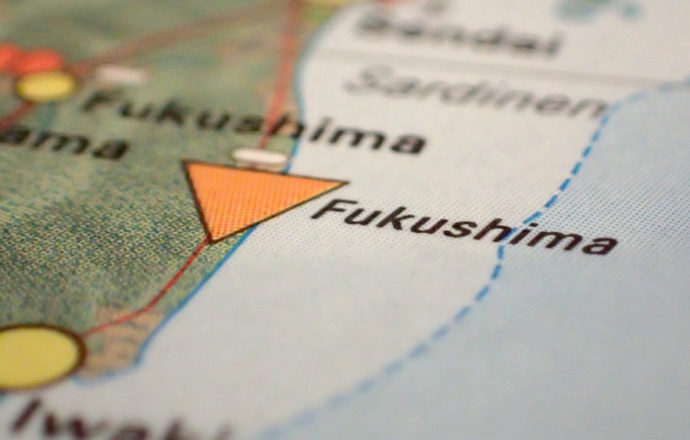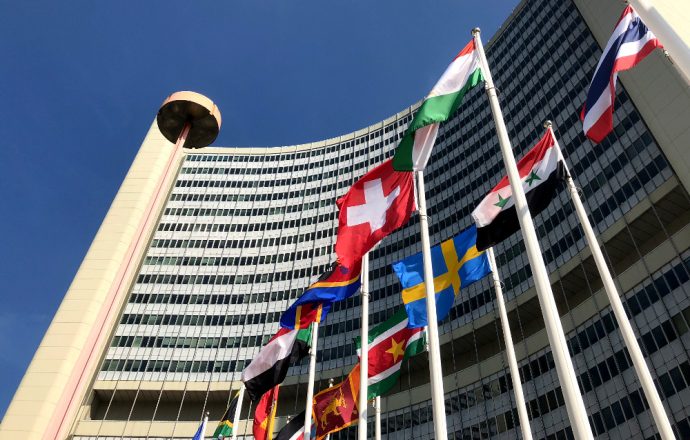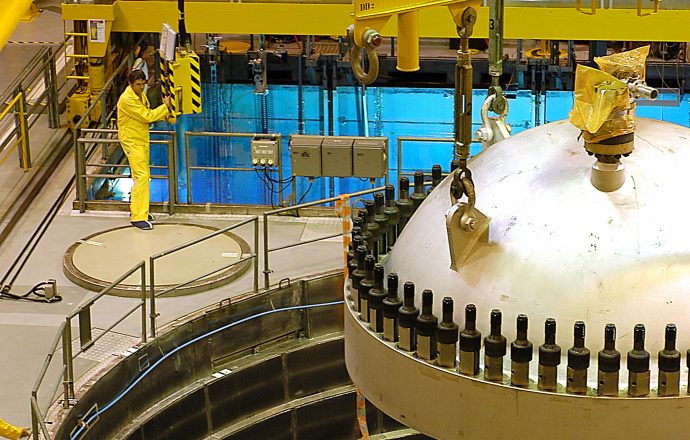-
 Background articles, Posts
Background articles, PostsWe vouch for the safety of the population.
«ENSI’s successful supervisory work largely depends on the quality of its staff. It is not only their experience and special qualifications that are needed, but also their values, their attitude and their ability to enter into a critical, but constructive relationship with operators and with the stakeholders in politics and society.»
ENSI, ENSI as an employer, ENSI as regulatory body, Mission statement, Organisation
ENSI

150 employees of the Swiss Federal Nuclear Safety Inspectorate ENSI work every day in various fields for the nuclear safety of the Swiss population.























